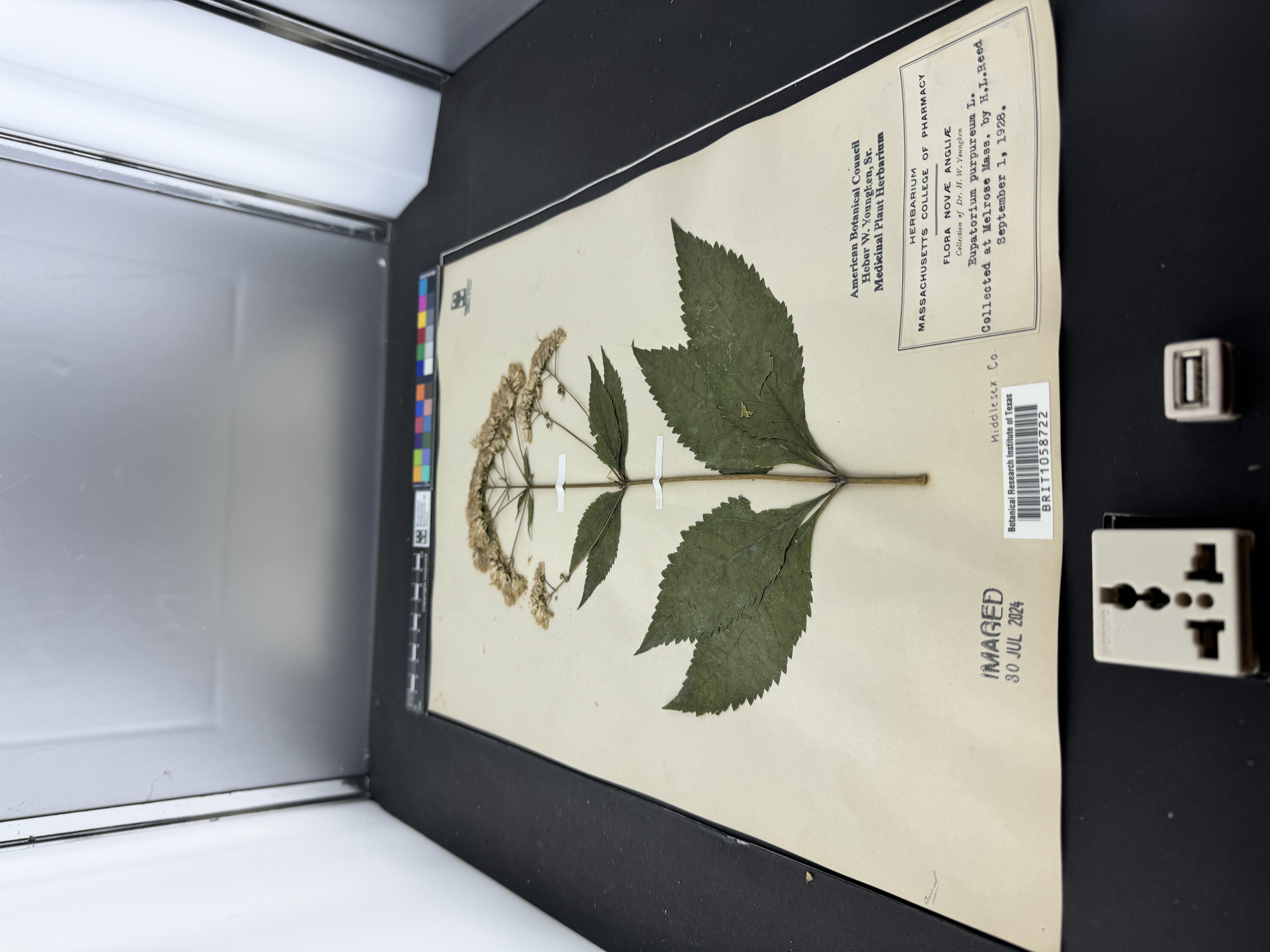Lichens
This summer, I’ve been working as a volunteer at the Botanical Research Institute of Texas (BRIT) located in Fort Worth, Texas–specifically with the herbarium.
I was assigned the Heber W. Youngken medicinal plant collection from the Massachusetts College of Pharmacy. This collection included vascular plants and lichens collected as early as 1868. I first worked primarily on transcribing and digitizing vascular plants, but Ashley (the collections manager) and I ended up finding a smaller collection of Youngken’s lichens a few weeks in. Lichens and the symbiotic relationship behind their existence is incredibly interesting to me.
Heber W Youngken was a plant collector who focused on medicinal plants. Most of the plants and lichens he personally collected were on the east coast, especially in Maine, Massachusetts, and New Hampshire. There were also a few from California, North Carolina, and Florida. Some of the plant and lichen specimens in his collection were from other collections. These other collections had specimens collected by Maynard W. Quimby, M.E. Gutterson, John G. Jack, R.J. Clausen, and Arthur S. Pease.
Imaging vascular plants is different from imaging lichens. Vascular plants are mounted on mounting paper, and they are kept in folders. You carefully move the mounted plant into the imaging station. You position the paper in the imaging station, and you snap a picture using the program. For lichens, we actually had to unmount a few off mounting paper. Lichens are not supposed to be mounted on paper. When imaging lichens, you get to position them yourself and make sure the label is in view.
BRIT digitizes specimens on portals. The portals I used were The Texas Oklahoma Regional Consortium of Herbaria (torcherbaria.org) and the Consortium of Lichen Herbaria (lichenportal.org).
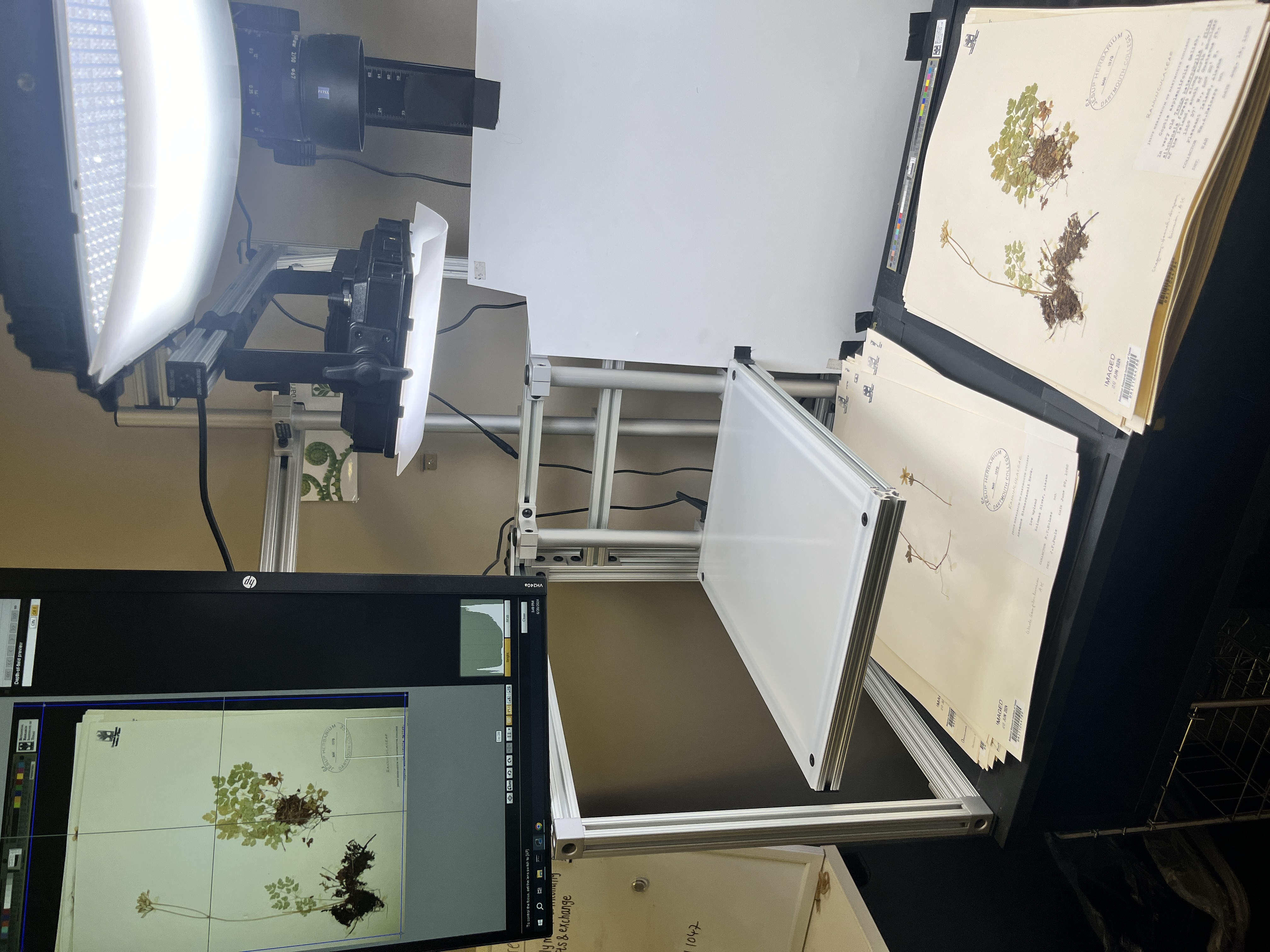
The first image is an imaging station (this one does not image lichens), and the second is Eupatorium purpuereur from the family Asteraceae in a different imaging station.
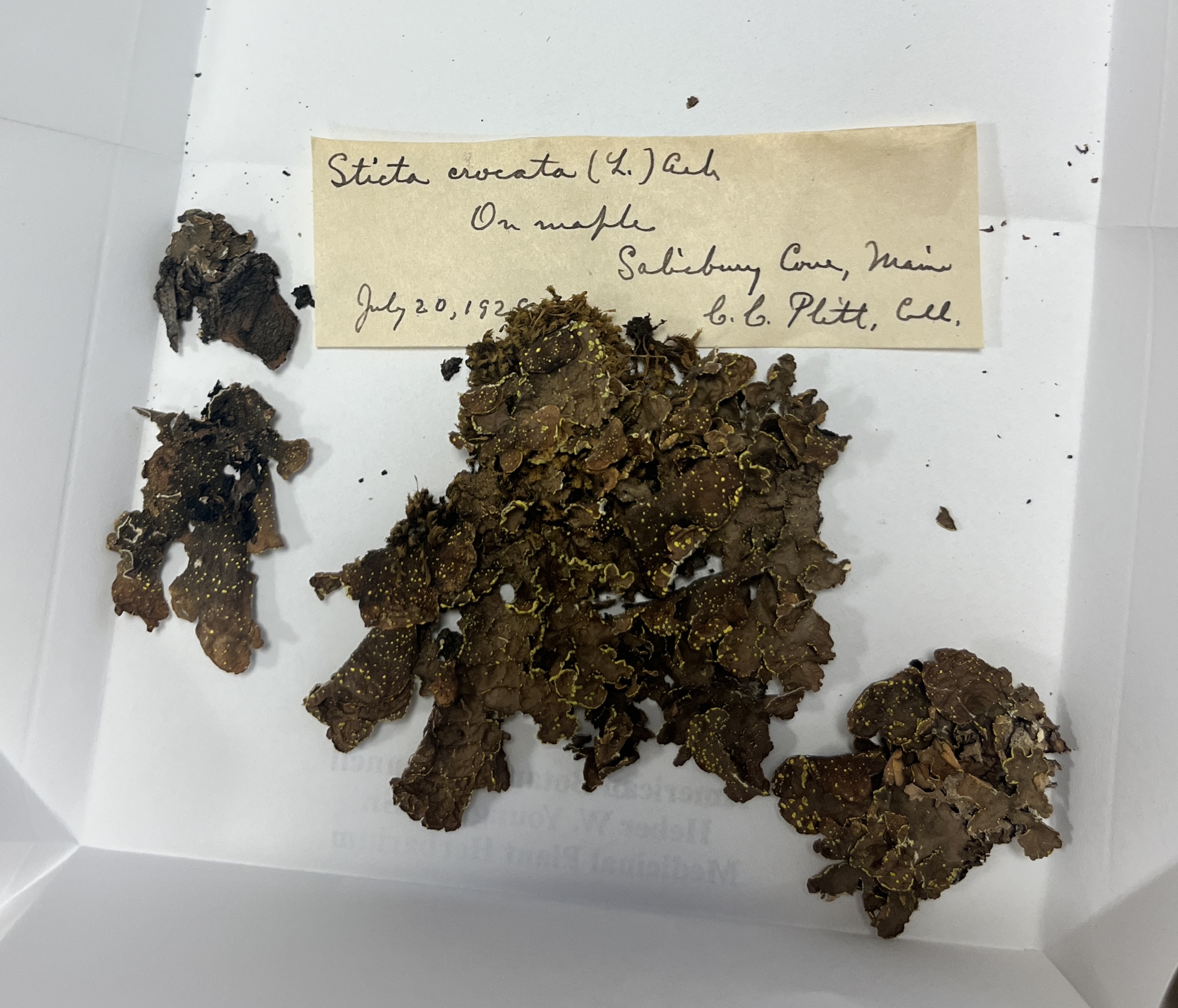
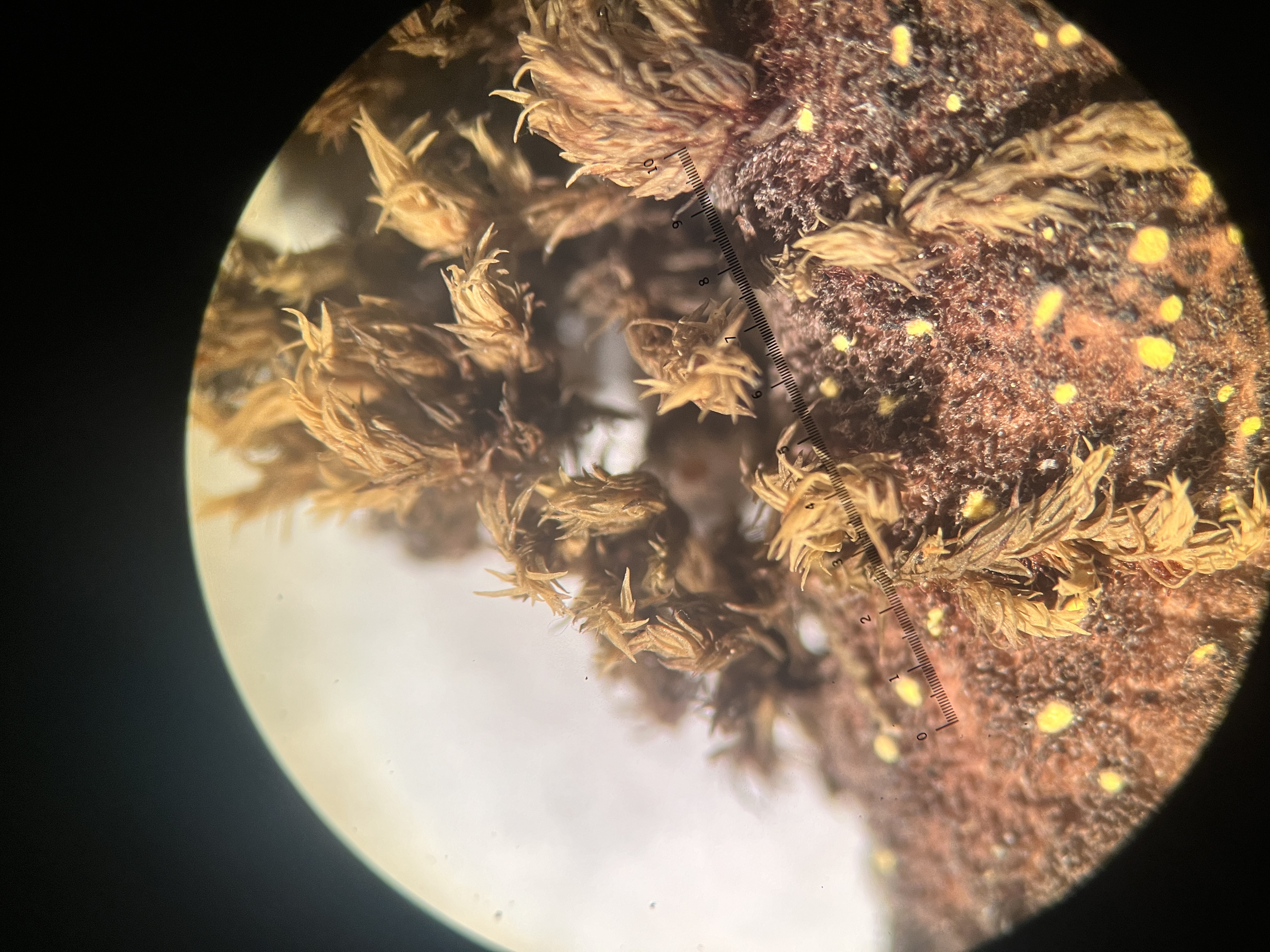
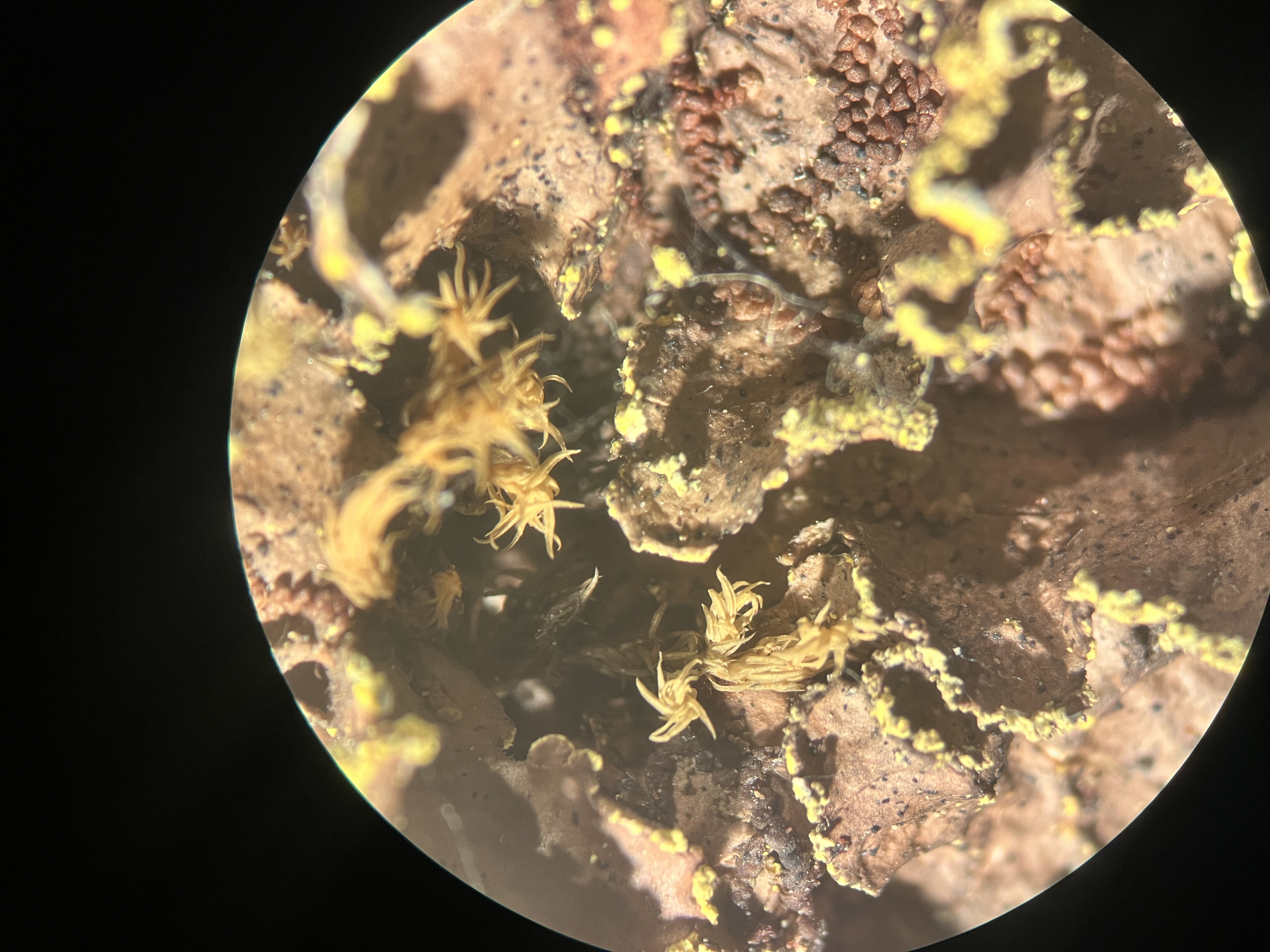
I feel incredibly fortunate to have had this opportunity. Thank you to Ashley Bales, Jessica Lane, Tiana Rehman, Craig Meyer, and everyone else at BRIT who helped me get the hang of everything and welcomed me with open arms.
References:
www.web.uri.edu/youngken-garden/
www.gbif.org/species/5477289/
www.gbif.org/species/5401611/
